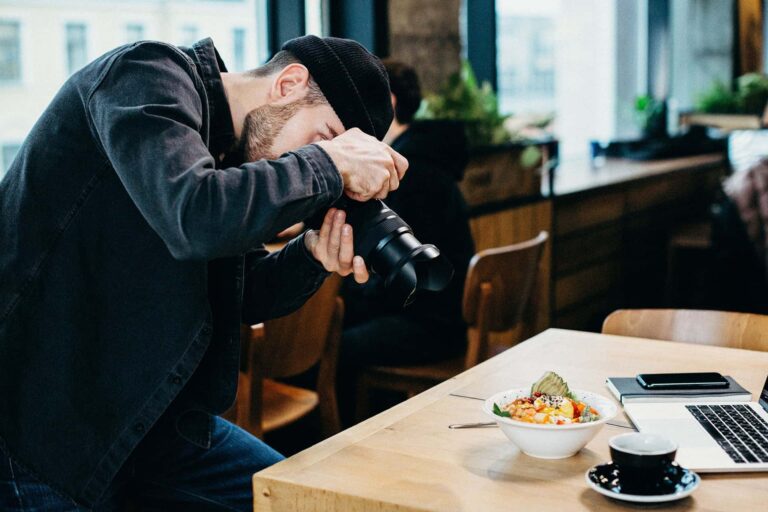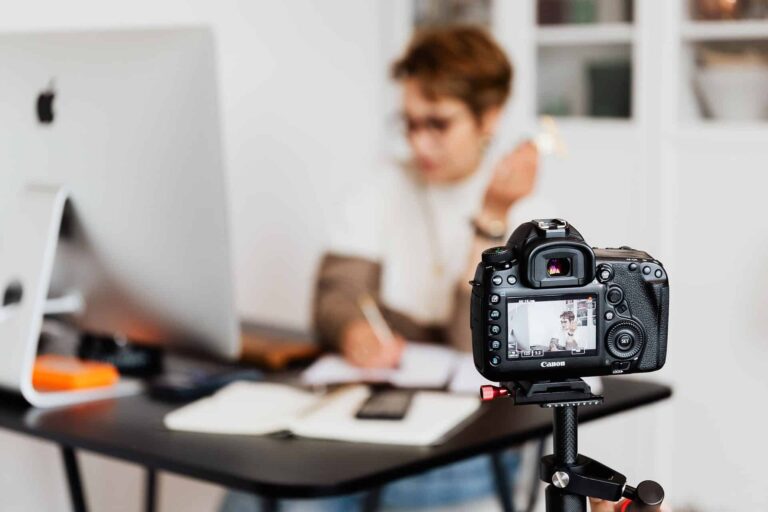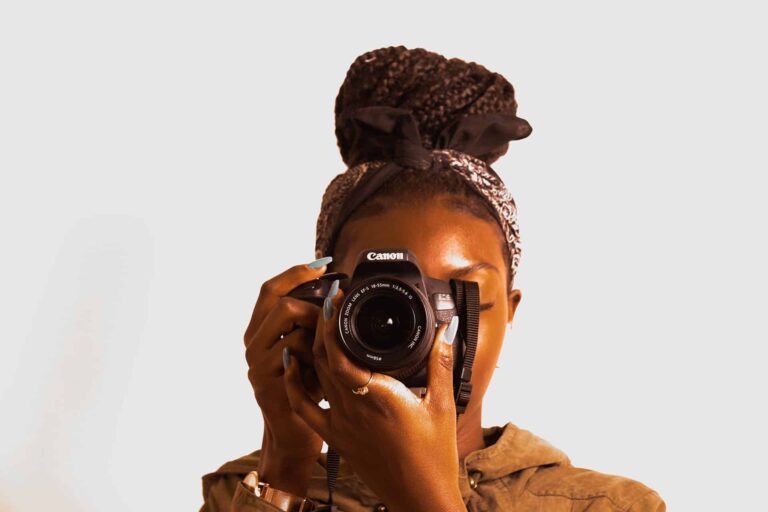Photography: Darkroom
In an era dominated by digital cameras and instant gratification, taking a step back into the world of film photography and darkroom processing is like embarking on a nostalgic journey to the roots of photography. When learning about photography it is important to learn of film cameras and the magic of the darkroom, exploring how these traditional methods can enrich our understanding and appreciation of the photographic art. I believe shooting with a film camera is important in truly grasping other aspects that are automatically set by a DSLR camera, like aperture, ISO and shutter speed. You should be able to adjust these comfortably whether it is on a film camera or a DSLR.
Allure of film cameras and its aesthetic
There’s something inherently special about shooting with film. The limitation of exposures in a roll of film encourages thoughtful composition and a more intentional approach to each shot, making every frame valuable. The anticipation of waiting to see the developed photos adds an element of surprise and excitement that digital photography often lacks. Moreover, film cameras, with their mechanical simplicity and durability, connect us to a bygone era of photography, offering a tactile experience that modern digital cameras don’t really provide.
Film photography has an aesthetic that is difficult to replicate digitally. The grain, contrast, and color rendition of different film stocks offer a range of creative possibilities and give each image a distinct look and feel. This aesthetic, combined with the unpredictability of film imperfections, lends a unique character to every photograph.
The Magic of the Darkroom
The darkroom is where the real magic happens in film photography. The dark atmosphere of the room in combination with some alchemy and craftsmanship allows images to slowly emerge on paper as they bathe in chemicals. This hands-on process of developing film and printing photos is both meditative and exhilarating. It allows for a deeper connection with your work, as you control every aspect of the image creation, from exposure and contrast to dodging and burning.
Learning the Fundamentals
Working with film and darkroom processing teaches the fundamental principles of photography in a way that digital photography often overlooks. It demands an understanding of light, exposure, and composition. These skills, honed in the darkroom, are invaluable, even in the digital realm. They foster a deeper appreciation for the intricacies of photography and a stronger grasp of photographic techniques.
Blending the world
In the modern context, film photography doesn’t have to exist in opposition to digital. Many photographers now blend both worlds, using film cameras to capture images and then digitizing them for further editing or sharing online. This hybrid process allows for the tactile experience of film while taking advantage of the convenience and flexibility of digital post-processing.







